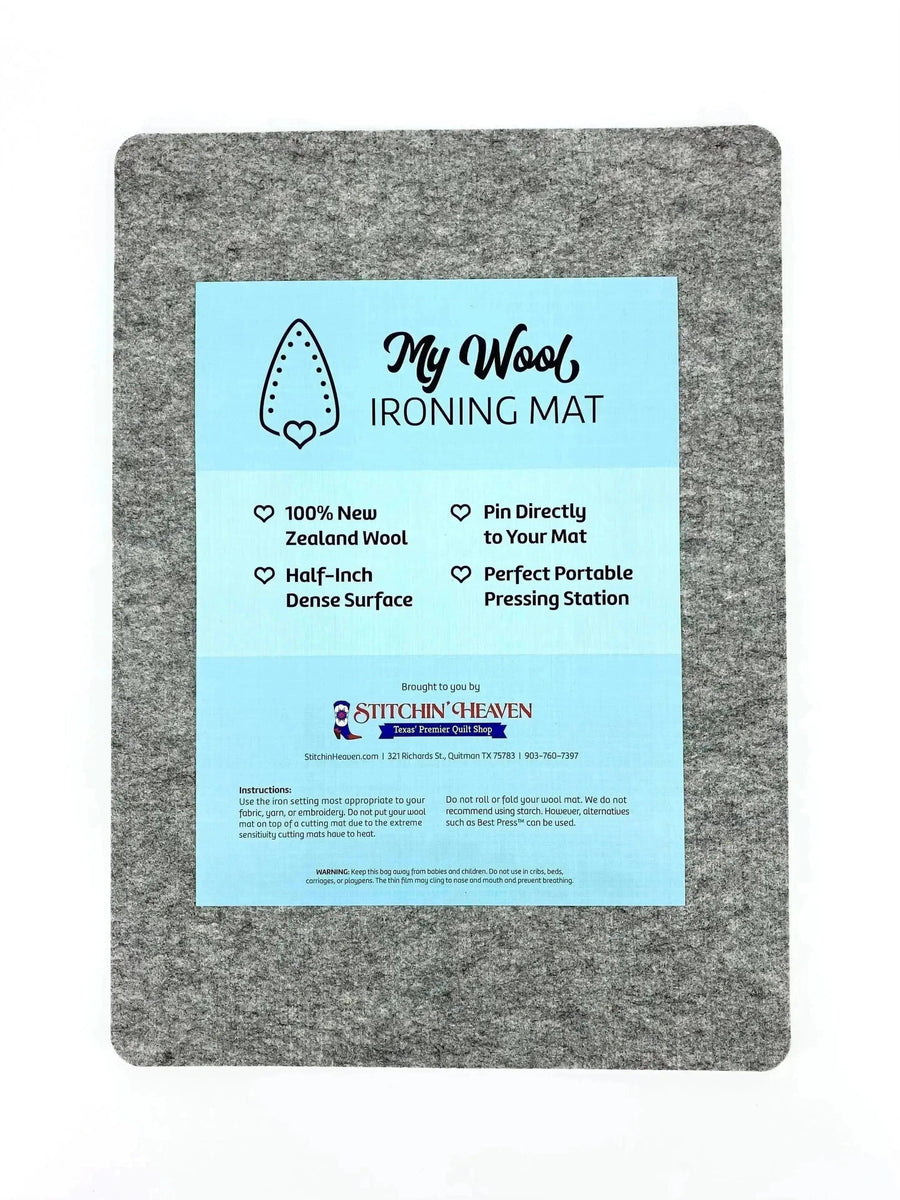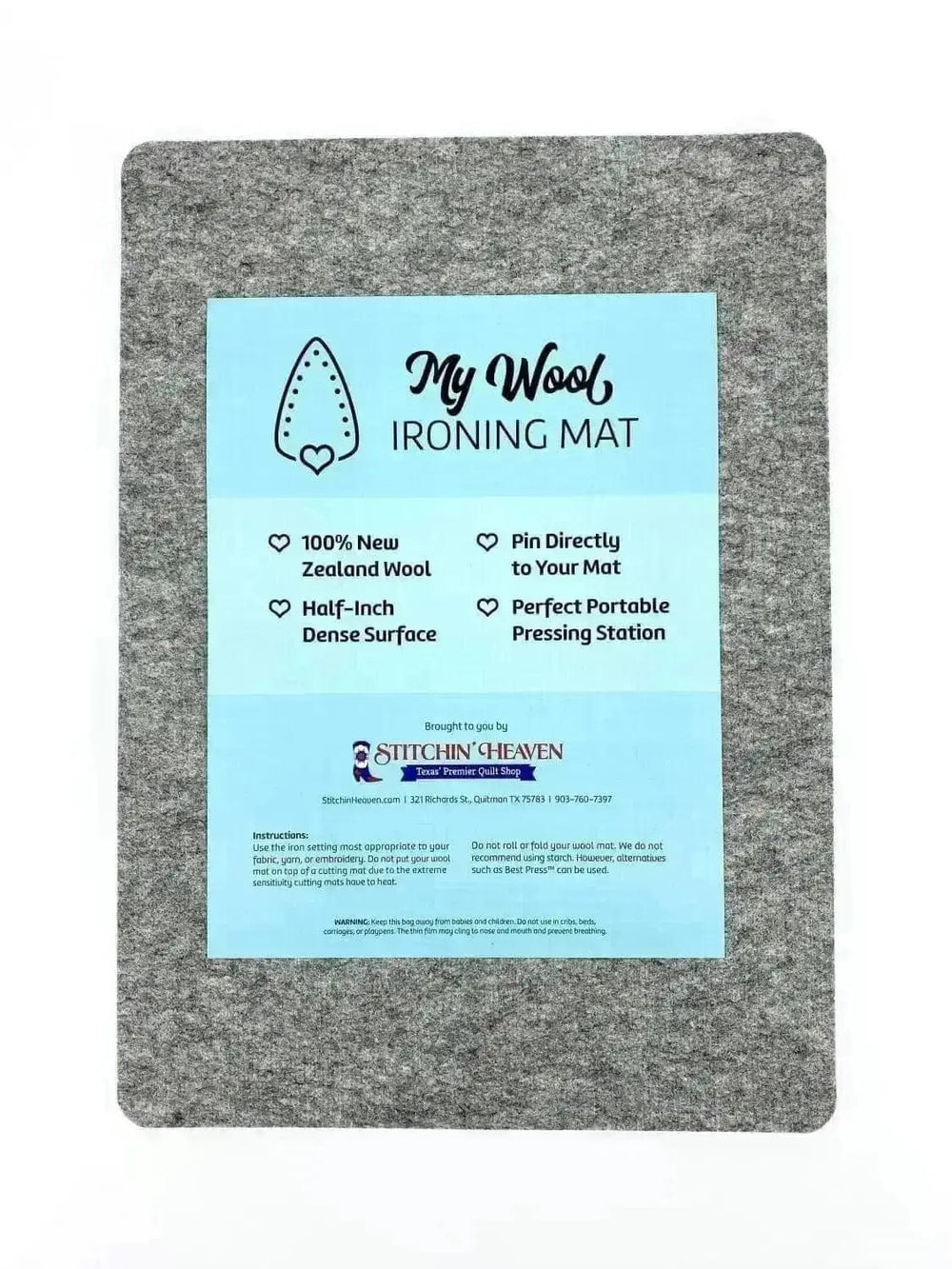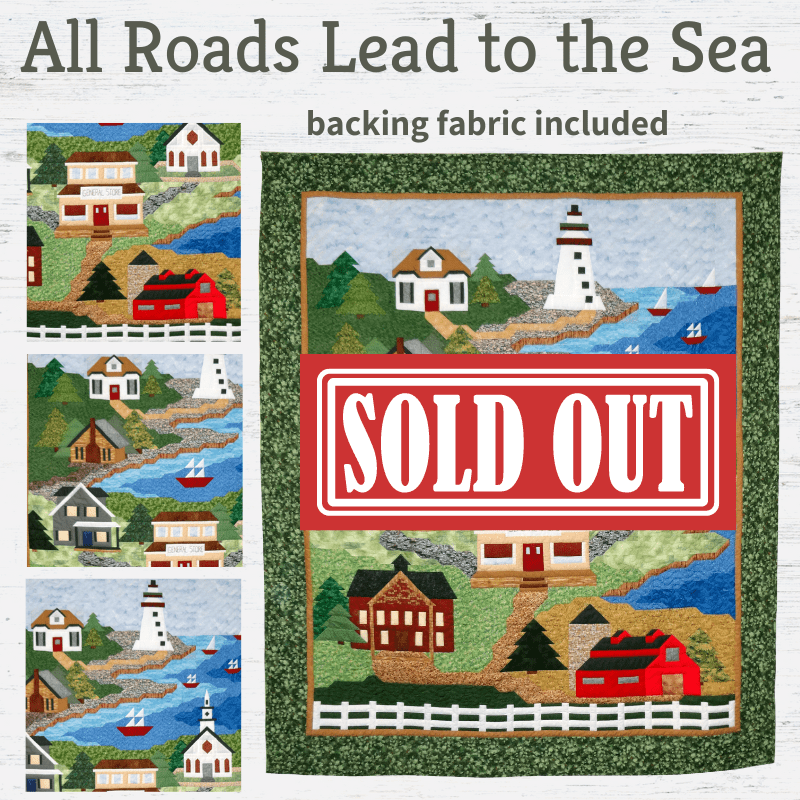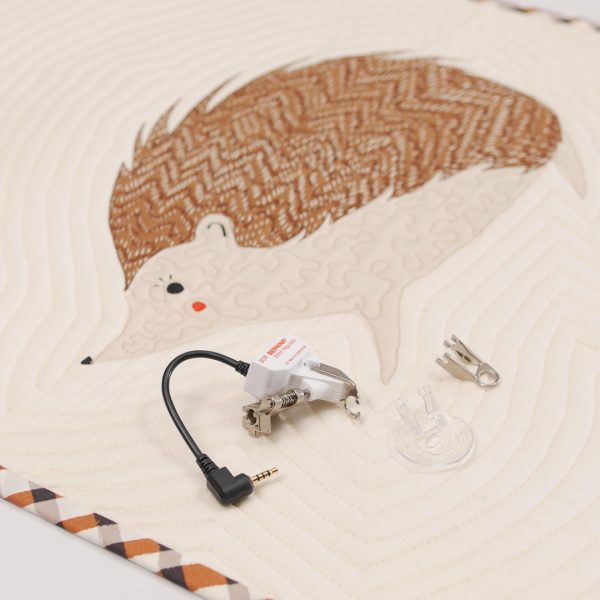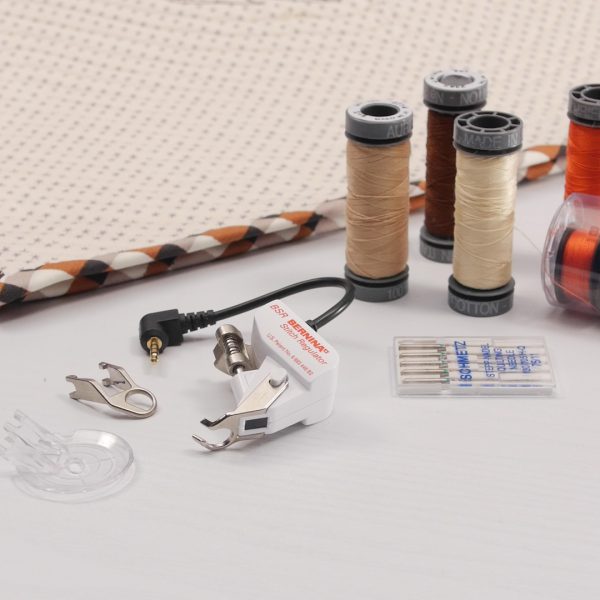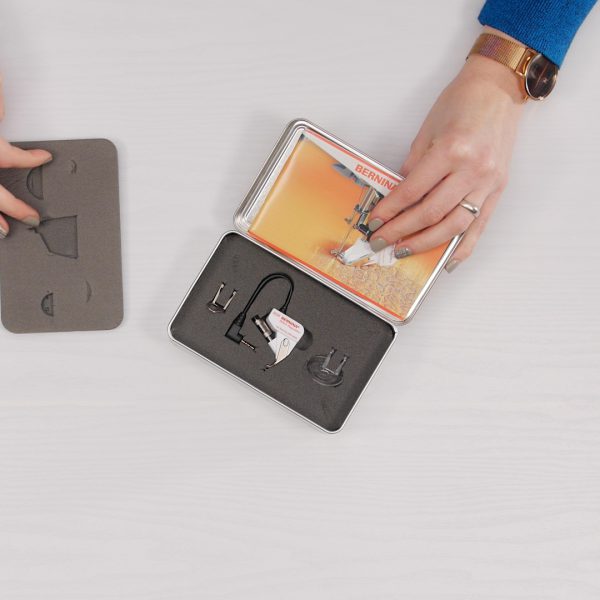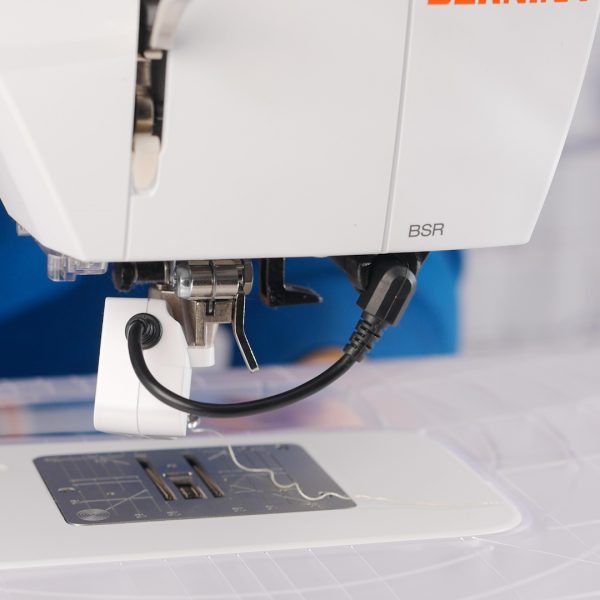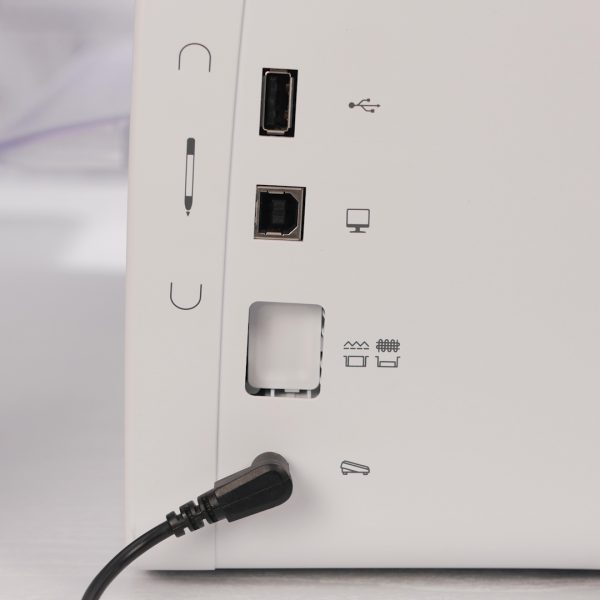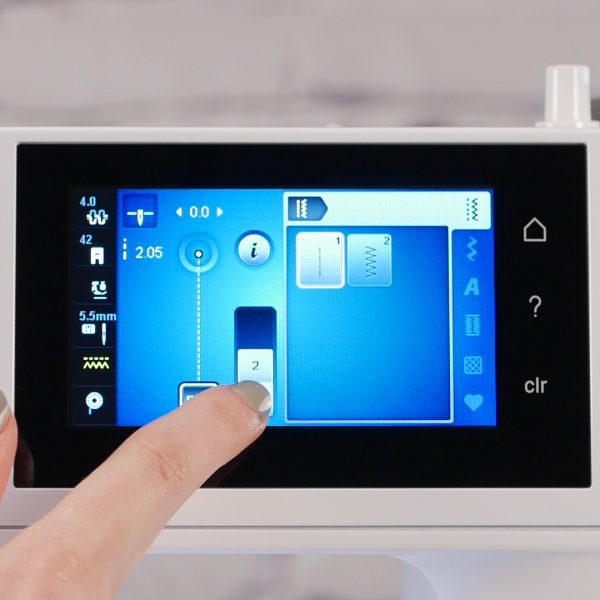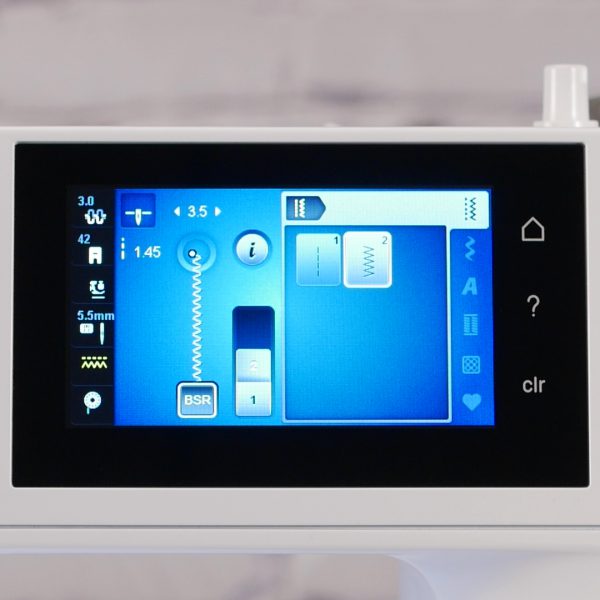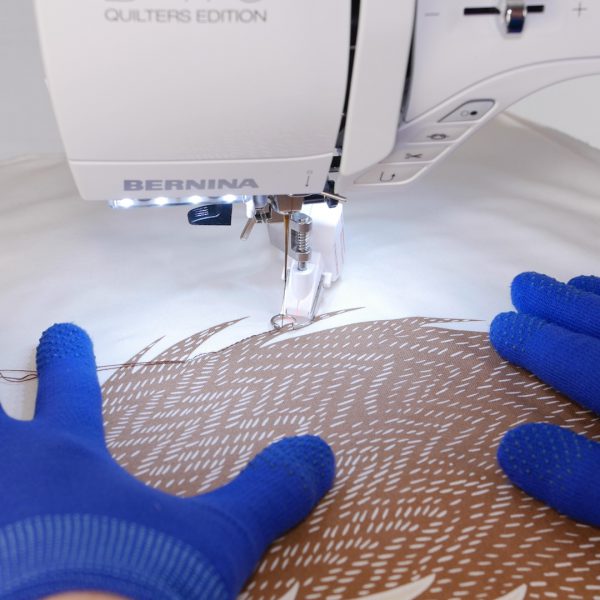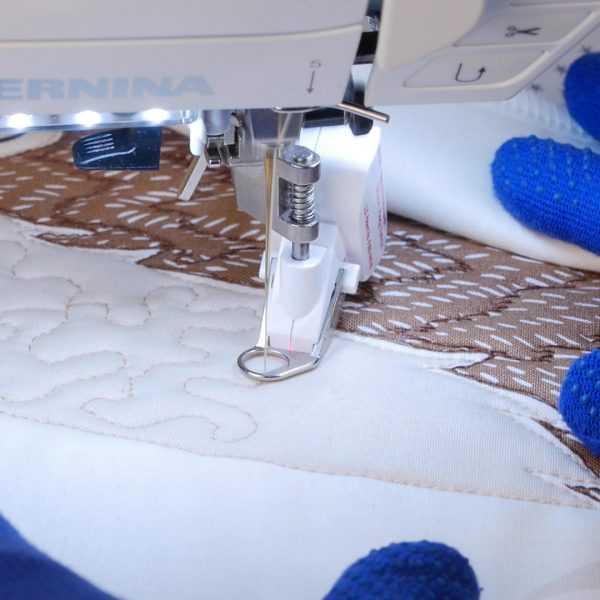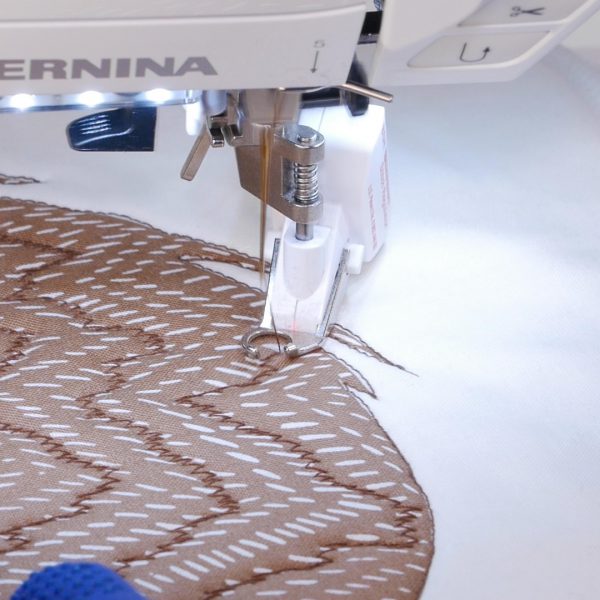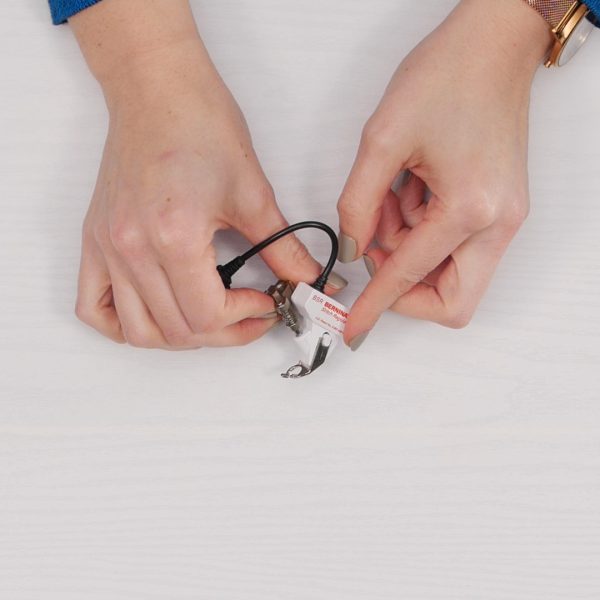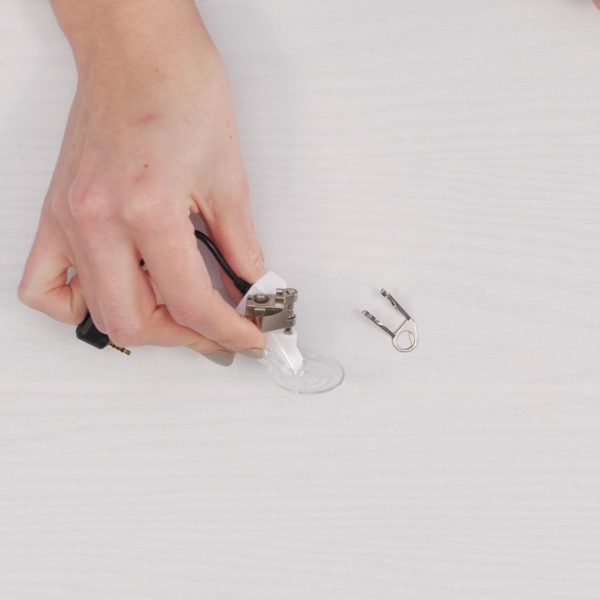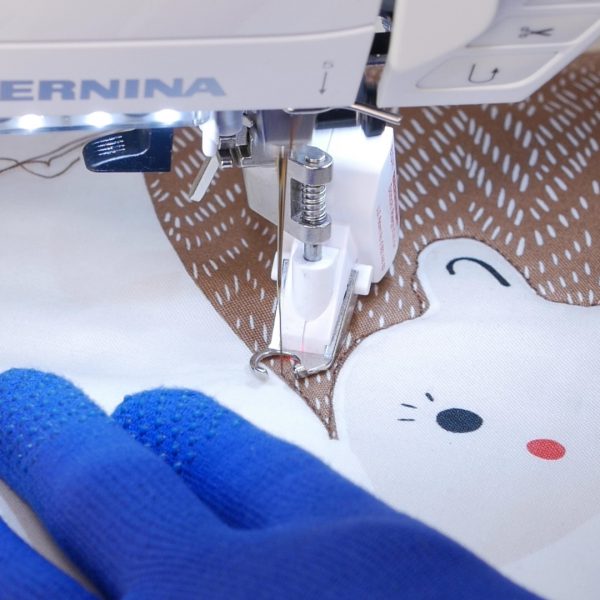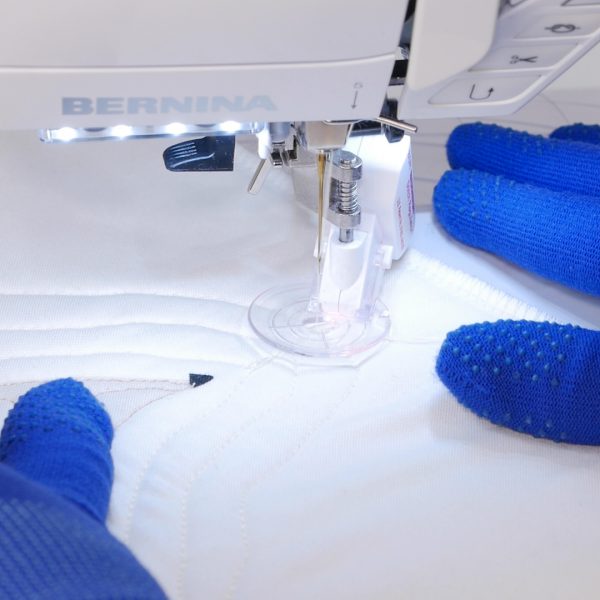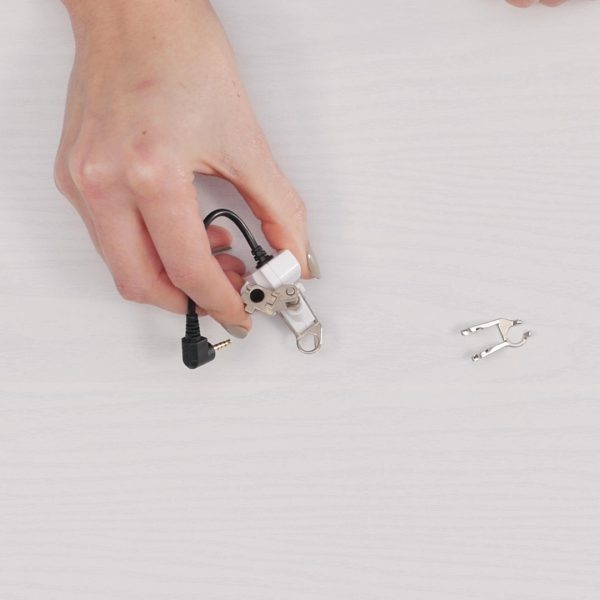BERNINA Stitch Regulator: Three Soles, Three Roles
The BERNINA Stitch Regulator (BSR) is one of the best additional tools for your BERNINA sewing machine when you are doing free motion work. This foot plugs into the machine head and has an optical sensor that controls the needle speed based on your movement. In addition, the foot comes with three different soles to give you the best option for the job. In this post, we will take a closer look at those soles and learn a bit about the variations for operating this innovative presser foot.
BERNINA Stitch Regulator (BSR): 3 Soles, 3 Roles
- BERNINA 475
- BSR—BERNINA Stitch Regulator
- Aurifil Thread
- Quilting Needle sz. 75/121
- Grabaroos Quilting Gloves
The BSR is compatible with several BERNINA sewing machine models, and it is sometimes included with the purchase of certain models of machines—please see your local BERNINA dealer to find out more. When I bought my first BERNINA machine (Activa 240) back around 2005, the BSR was still a pretty new invention. My machine was an entry level machine, and it is not compatible with this foot. At the time I purchased, I couldn’t envision how I would use it. I quickly discovered how much I wanted it for free motion quilting, yet I was limited to upgrading my machine to a different model before I could have one. So I was thrilled to learn that the BSR is compatible with two current entry level machines in the BERNINA 4 series, the B 475 and the B 480. What a wonderful way to grow into the foot from one of these machines!
The BSR comes with three interchangeable soles, offering a lot of versatility in how you can use the foot. The soles are simple to change too, simply squeeze the white buttons on the sides and slide the sole off. Then add the one you prefer to use and slide it on until it clicks into place. The presser foot attaches to the machine like a normal presser foot, but you will need to plug the foot into the BSR socket. On the B 475, this is found at the back of the machine. On some previous models this was on the bottom of the machine head—I would always look in the reflection of the slide-on table to locate it on the Aurora 440. Once the foot is plugged in, the machine will prompt you to lower the feed dog. This is done manually by pressing a button on the side of the machine.
Machine Setup
- Attach foot and plug into socket
- Lower feed dog
- Select Mode 1 or Mode 2
- Select straight or zigzag stitch
- Runs with foot control or Start/Stop button
Mode 1 vs. Mode 2
There are two stitching modes that you can choose to operate the BSR and which you chose to use is very much a user preference. In Mode 1 the needle will pulse regularly whether or not there is fabric moving underneath the needle. This can provide a more even appearance in sharp points or corners when quilting detailed designs. It can also mean that you are making very short stitches if you pause in one place too long—this can also be a method used to secure the stitch. I like to operate the machine using the Start/Stop button in this mode. Then my mind is very focused on where I am moving the fabric to next and nothing much else.
With Mode 2, the machine will pause the needle movement when the fabric is not in motion. This eliminates small stitches in place and provides time to stop and consider the path or direction you wish to move in. With this mode, I prefer to work with the needle stop down, and I tend to operate it using my foot control rather than the Start/Stop button. Like I mentioned, it is all about user preferences, and each project may be suited toward one style over another.
Straight Stitch vs. Zigzag Stitch
You will also have the option to select the style of stitch—straight stitch or zigzag. You can alter the length and width of the stitches to suit your project needs. Straight stitching is the standard for machine quilting and the stitch length default is 2 mm—I often adjust this a bit longer to 2.5 mm for quilting I intend to see. I used Aurifil 28wt. thread on this project along with a quilting needle to allow for nice clean and visible stitching.
You can also select a zigzag stitch. This is a great way to add texture to a project and is often referred to as thread painting. I have even used this stitch for sewing patches onto jacket sleeves, so I could maneuver the fabric while sewing around the freearm—so don’t consider the foot as just limited to quilting. Here is a project where the BSR is used to do applique stitching.
Sole #1: Closed Metal Sole
The closed metal sole is the standard sole most commonly associated with the Darning Foot #9. This sole works well for detailed free-motion stitching techniques like stippling, darning, bobbin work and basic thread painting. The closed toe will not snag on any loose stitches or catch an unsewn edge. It holds the thread close to the fabric with little deflection.
Sole #2: Open Metal Sole
Sometimes a little more visibility is needed to achieve precise stitching, so the open metal sole may be more suited to the job. This foot is comparable to the Freehand Embroidery Foot #24. The improved sight of the needle makes it a great choice for following printed lines. The ends of the open sole have a slight curve or nub to them, that keep them from catching threads or loose fabrics.
Sole #3: Clear Sole
The final sole is the clear sole. This is similar to the Echo Quilting and Cutwork Foot #44C. The cupped sole moves easily over all thicknesses of batting, compressing the fabric closer to the needle—this keeps your work nice and smooth as you sew long echoed paths. The foot is clear so you can easily see what is being sewn underneath it. Additionally, it has engraved cross-hairs and concentric circles making it useful for stitching-in-the-ditch and outline or echo quilting alike.
I have always made the basic kitchen analogy: free motion without the BSR—is like using a hand whisk and with the BSR—it’s like using a KitchenAid mixer. Having all the various soles that are easily changed in combination with the ability to select your preferred mode and stitch style, make this foot a versatile tool indeed. Give it a try—I think you’ll agree.
